43 drag each label into the appropriate position in order to identify which type of macromolecule is the target of each digestive enzyme or compound
ReaderUi ReaderUi Solved > Drag each label into the appropriate category to:277813 ... Drag each label into the appropriate position in order to identify which type of macromolecule is the target of each digestive enzyme or compound.... Drag each label into the appropriate position to identify what type of immunity is classified by each label.....this is the only one I have left...
Solved Drag each label into the appropriate position in - Chegg question: drag each label into the appropriate position in order to identify which type of macromolecule is the target of each digestive enzyme or compound gastric lipase pancreatic amylase lactase lecithin carboxypeptidase salivary amylase dipeptidase maltase pancreatic lipaso lingual lipase aminopeptidase sucrase dextrinase bile salts trypsin …
Drag each label into the appropriate position in order to identify which type of macromolecule is the target of each digestive enzyme or compound
Antidiuretic hormone provides a means of controlling A negative feedback system is used until the blood volume and osmolarity return to normal levels . 12. Complete each sentence by dragging the proper label into the appropriate position. Abuffer is any mechanism that resists changes in pH. 8. a. Acidosis is characterized by a pH of 7.35 or lower. BIOLOGY H - Essay Help Be able to identify the: A. enzyme for each reaction B. substrate for each enzyme C. product of each reaction D…. final questions. thanks in advance. ... Observations for Macromolecule Tests The tube order is the same for each picture (from left to right): 1. Negative control 2. ... Please label the digestive system with the following words ... Drag each label into the appropriate position in order to identify ... Drag each label into the appropriate position in order to identify where each secretion enters the GI tract. Complete each sentence by dragging the proper label into the appropriate position.Then, re-arrange the sentences into a logical order of digestive processes. Complete each sentence by dragging the proper label into the correct position.
Drag each label into the appropriate position in order to identify which type of macromolecule is the target of each digestive enzyme or compound. Chapter 25 Homework Flashcards - Quizlet Drag each label into the appropriate position in order to identify whether the structure is associated with the large or small intestines. Small Intestine-microvilli, lacteals, plicae circulares, peyers patches Large Intestine-haustum, rectal valves, omental appendages, taenia coli what is the outermost layer of the digestive tract wall serosa CH103 - Chapter 8: The Major Macromolecules - Chemistry Within all lifeforms on Earth, from the tiniest bacterium to the giant sperm whale, there are four major classes of organic macromolecules that are always found and are essential to life. These are the carbohydrates, lipids (or fats), proteins, and nucleic acids. All of the major macromolecule classes are similar, in that, they are large ... Cell Structure | SEER Training For descriptive purposes, the concept of a "generalized cell" is introduced. It includes features from all cell types. A cell consists of three parts: the cell membrane, the nucleus, and, between the two, the cytoplasm. Within the cytoplasm lie intricate arrangements of fine fibers and hundreds or even thousands of miniscule but distinct ... redirect.prod.mastering.pearsoncmg.com Labeling, ranking, sorting, or sentence completion questions. All of these question types require you to position items into an area of the answer box. Answer these kinds of questions on a computer, not on a smartphone. Press Tab to move forward or Shift/Tab to move backwards through the provided answer items.
Solved drag each label into the appropriate position in | Chegg.com Al rights reser 9 each tabel Into the appropriate position in order to identify which type of macromolecule is the target of each digestive enzyme or compound Lipid Protein Carbohydrate Trypin Pancreatic Swamy Unge Pancreatice HC Chymotrypsin Boat Gait Drag and drop then you can the comediwhen the box when it shoulder what type of macromolecule is hemoglobin - arkimede.it 30 day waiver divorce north carolina Contoh Karangan Bahas Terbaik Stpm Drag each label into the appropriate position in order to identify which type of macromolecule is the target of each digestive enzyme or compound. Which are organs or accessory organs of the digestive system. The organs discussed above are the organs of the digestive tract through which food passes. Cell Organelles - Types, Structure and their Functions - BYJUS Plastids are large, membrane-bound organelles which contain pigments. Based on the type of pigments, plastids are of three types: Chloroplasts - Chloroplasts are double membrane-bound organelles, which usually vary in their shape - from a disc shape to spherical, discoid, oval and ribbon. They are present in mesophyll cells of leaves, which ...
Digestive Flashcards | Quizlet digestion is the breakdown large organic molecules into component parts that can be absorbed. carbohydrates are digested into (monosaccharides), protein into (amino acids), and triglycerides into fatty acids and glycerol match the types of digestion with the correct description mechanical digestion- includes mastication and mixing food 9.1 The Structure of DNA - Concepts of Biology - 1st Canadian Edition The DNA molecule is a polymer of nucleotides. Each nucleotide is composed of a nitrogenous base, a five-carbon sugar (deoxyribose), and a phosphate group. There are four nitrogenous bases in DNA, two purines (adenine and guanine) and two pyrimidines (cytosine and thymine). A DNA molecule is composed of two strands. Solved > Drag each label into the appropriate position in ... - ScholarOn Drag each label into the appropriate position in order to identify which type of macromolecule is the target of each digestive enzyme or compound.... Drag each label into the appropriate position to identify what type of immunity is classified by each label.....this is the only one I have left... Monosaccharides - an overview | ScienceDirect Topics The monosaccharide consists of single unit which contains carbon chain of three to six carbon. They can combine through glycosidic bonds to form larger carbohydrates. The main function of monosaccharide is to produce and store energy. Glucose and fructose are the most available monosaccharide in nature.
AP Biology - CourseNotes 3 reactions changing glucose into a compound that can be readily cleaved into 3-carbon phosphorylated molecules; 2 of the reactions require use of ATP; step B - cleavage/rearrangement 2 reactions break up 6-carbon molecule into 2 3-carbon molecules; 1st of 2 reactions forms G3P and another molecule that turns into G3P through the 2nd reaction
The Shape and Structure of Proteins - Molecular Biology of the Cell ... A protein molecule is made from a long chain of these amino acids, each linked to its neighbor through a covalent peptide bond ( Figure 3-1 ). Proteins are therefore also known as polypeptides. Each type of protein has a unique sequence of amino acids, exactly the same from one molecule to the next.
Enzymes and the active site (article) | Khan Academy The catalysts for biochemical reactions that happen in living organisms are called enzymes. Enzymes are usually proteins, though some ribonucleic acid (RNA) molecules act as enzymes too. Enzymes perform the critical task of lowering a reaction's activation energy —that is, the amount of energy that must be put in for the reaction to begin.
Chapter 17 digestive Flashcards - Easy Notecards Drag each label into the appropriate position in order to identify which type of macromolecule is the target of each digestive enzyme or compound. 20 Indicate where each enzyme (or its inactive precursor) is produced. 21 Classify each enzyme based on the substrate it decomposes. 22 The figures depict the stages of swallowing.
Carrier Proteins and Active Membrane Transport - Molecular Biology of ... The process by which a carrier protein transfers a solute molecule across the lipid bilayer resembles an enzyme-substrate reaction, and in many ways carriers behave like enzymes. In contrast to ordinary enzyme-substrate reactions, however, the transported solute is not covalently modified by the carrier protein, but instead is delivered unchanged to the other side of the membrane.
Cell Membrane Transport | 6 Types with Examples - Study Read The cell membrane is a delicate organ of the cell which regulates the movement of substances into and outside the cell. The cell membrane transport occurs in two major ways like. 1. Passive transport. Passive diffusion. Facilitated diffusion. Osmosis. 2. Active transport.
what type of macromolecule is fats The cell (from the Latin word cellula meaning 'small room') is the basic structural and functional unit of life forms.Every cell consists of a cytoplasm enclosed within a membrane, which contains many biomolecules such as proteins and nucleic acids.. Molecules in food can be. Lipid, a macromolecule and an organic compound.
Cara Nak Buat Akaun Sspn-i Bank Islam Blog Drag each label into the appropriate position in order to identify which type of macromolecule is the target of each digestive enzyme or compound. Which are organs or accessory organs of the digestive system. The organs discussed above are the organs of the digestive tract through which food passes.
Drag each label into the appropriate position in order to identify ... Drag each label into the appropriate position in order to identify where each secretion enters the GI tract. Complete each sentence by dragging the proper label into the appropriate position.Then, re-arrange the sentences into a logical order of digestive processes. Complete each sentence by dragging the proper label into the correct position.
BIOLOGY H - Essay Help Be able to identify the: A. enzyme for each reaction B. substrate for each enzyme C. product of each reaction D…. final questions. thanks in advance. ... Observations for Macromolecule Tests The tube order is the same for each picture (from left to right): 1. Negative control 2. ... Please label the digestive system with the following words ...
Antidiuretic hormone provides a means of controlling A negative feedback system is used until the blood volume and osmolarity return to normal levels . 12. Complete each sentence by dragging the proper label into the appropriate position. Abuffer is any mechanism that resists changes in pH. 8. a. Acidosis is characterized by a pH of 7.35 or lower.

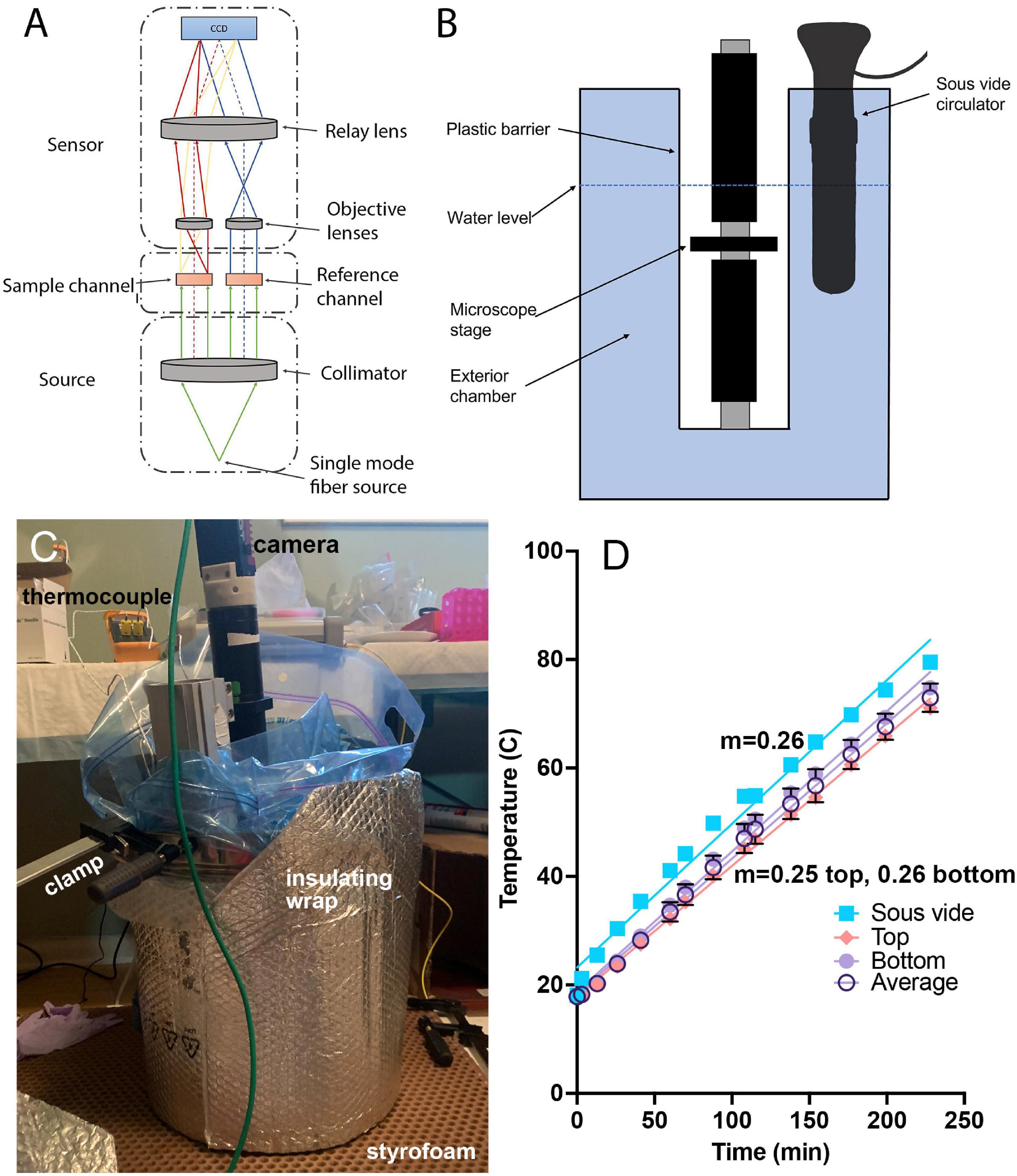

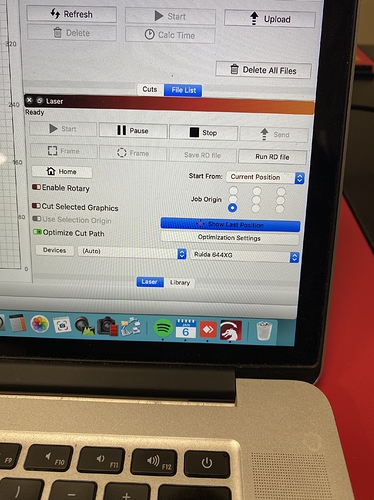

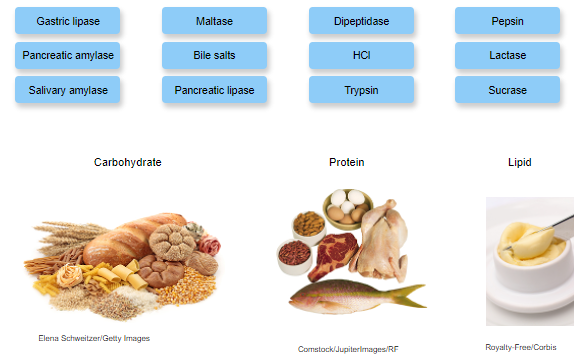
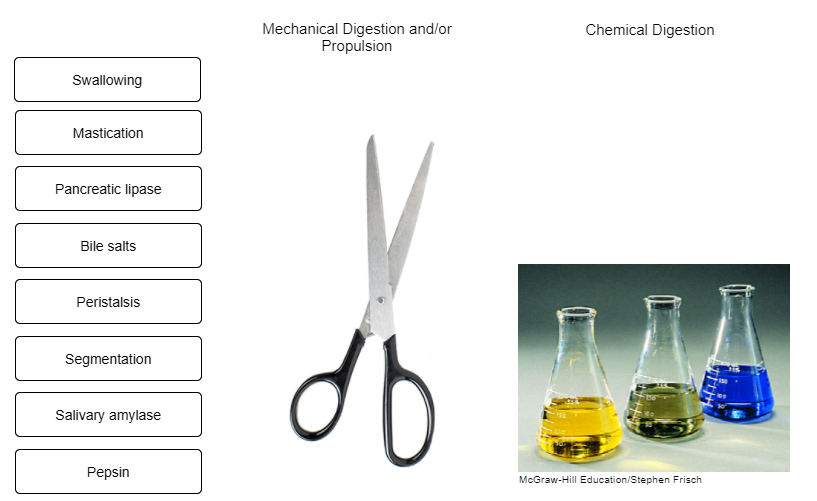










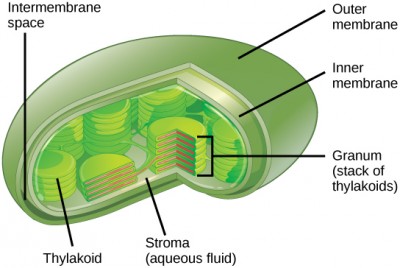










Post a Comment for "43 drag each label into the appropriate position in order to identify which type of macromolecule is the target of each digestive enzyme or compound"